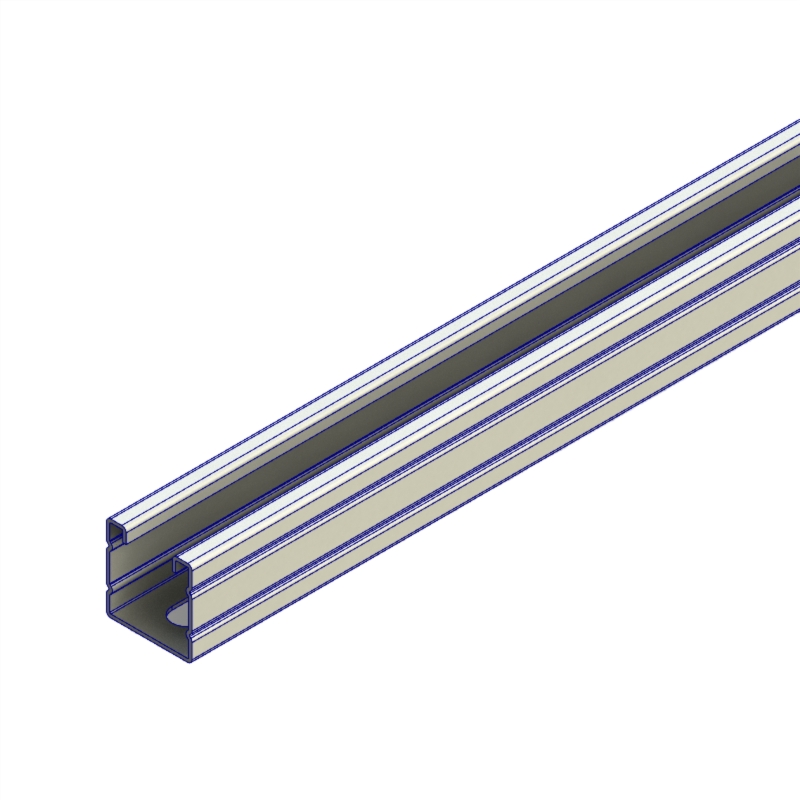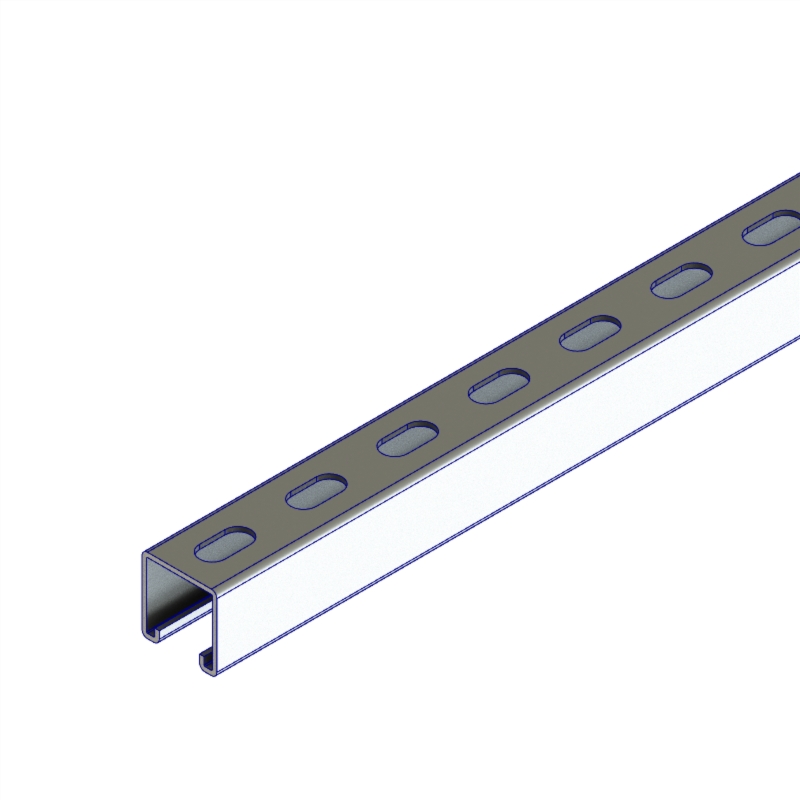◉ C-channel, also known as a C-beam or a C-section, is a type of structural steel beam with a C-shaped cross-section. It is widely used in construction and engineering for various applications due to its versatility and strength. When it comes to the materials used for C-channel, there are several options available, each with its own unique properties and characteristics.
◉ One of the most common materials used for C-channel is carbon steel. Carbon steel C-channels are known for their high strength and durability, making them suitable for heavy-duty applications such as building frames, supports, and machinery. They are also relatively affordable and readily available, making them a popular choice in the construction industry.
◉ Another material used for C-channel is stainless steel. Stainless steel C-channels offer excellent corrosion resistance, making them ideal for outdoor or high-moisture environments. They are also known for their aesthetic appeal and low maintenance requirements, making them a preferred choice for architectural and decorative applications.
◉ Aluminum is another material that is used for C-channel. Aluminum C-channels are lightweight yet strong, making them suitable for applications where weight is a concern, such as in aerospace and transportation industries. They also offer good corrosion resistance and are often chosen for their aesthetic appeal in architectural and interior design projects.
◉ In addition to these materials, C-channels can also be made from other alloys and composite materials, each offering specific advantages depending on the application requirements.
◉ When considering the differences between the materials of C-channel, it is important to take into account factors such as strength, corrosion resistance, weight, cost, and aesthetic appeal. The choice of material will depend on the specific needs of the project, as well as the environmental and operational conditions it will be subjected to.
◉ In conclusion, the materials used for C-channel, including carbon steel, stainless steel, aluminum, and other alloys, offer a range of properties and characteristics to suit various applications. Understanding the differences between these materials is crucial in selecting the most suitable option for a specific project.
→ For all products,services and up to date information,please contact us.
Post time: Sep-05-2024


